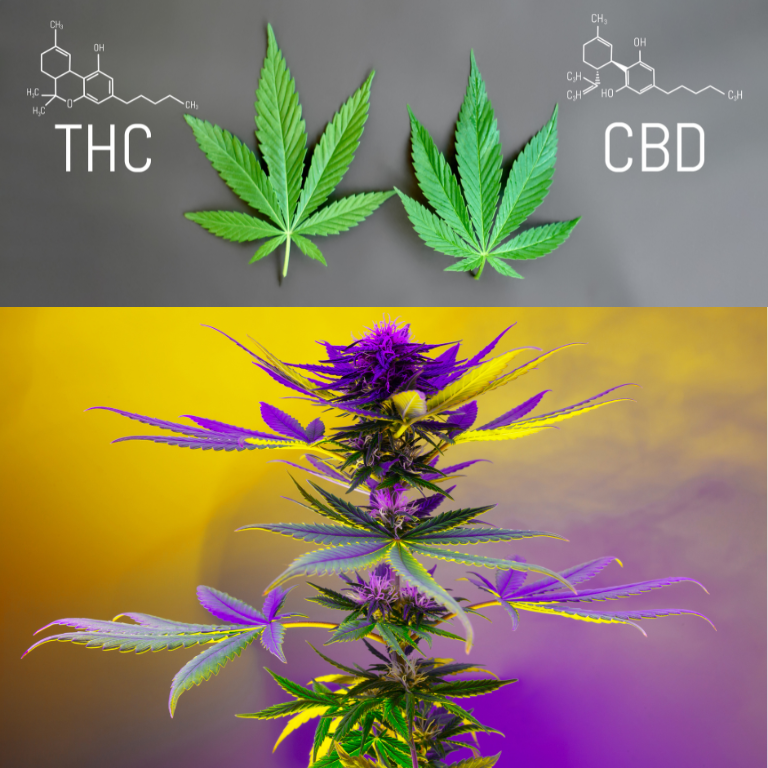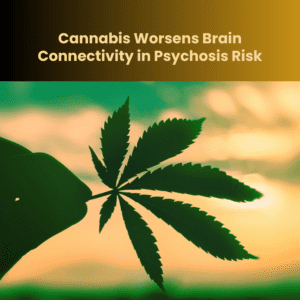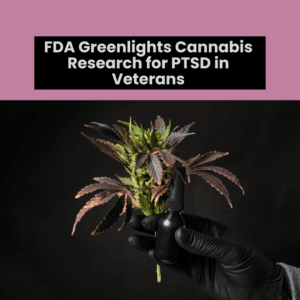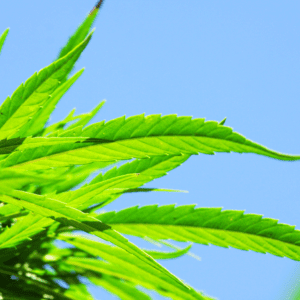Cannabinoid Differences: Hemp and Cannabis Explained

The world of cannabinoids is vast and complex, often leading to confusion among consumers. Hemp and cannabis, though closely related, differ significantly in their cannabinoid profiles. Understanding these differences is crucial for making informed decisions about their use for health, wellness, and legal considerations. This article delves into the distinctive cannabinoid profiles of hemp and cannabis, exploring their unique effects and applications.
Understanding Cannabinoids
Cannabinoids are chemical compounds found in the cannabis plant. They interact with the body’s endocannabinoid system, which regulates various physiological processes such as mood, appetite, pain, and sleep. The two most well-known cannabinoids are cannabidiol (CBD) and tetrahydrocannabinol (THC), but there are over 100 other cannabinoids with unique properties.
Hemp vs. Cannabis: The Legal Distinctions
Before diving into the cannabinoid differences, it’s essential to understand the legal definitions of hemp and cannabis.
Hemp: Legally defined as cannabis plants containing less than 0.3% THC. This low THC content means hemp does not produce psychoactive effects. Hemp is primarily grown for industrial uses, such as textiles, paper, and, increasingly, CBD extraction.
Cannabis: Refers to plants with a THC content of 0.3% or higher. This higher THC content gives cannabis its psychoactive properties, making it the plant commonly associated with recreational and medical marijuana.
Cannabinoid Profiles in Hemp and Cannabis
Hemp Cannabinoids
Hemp is rich in CBD, a non-psychoactive cannabinoid known for its therapeutic benefits. CBD has been studied for its potential to alleviate anxiety, pain, inflammation, and various other conditions.
Other notable cannabinoids in hemp include:
- CBG (Cannabigerol): Known as the “mother cannabinoid,” CBG is a precursor to other cannabinoids. It has shown promise in studies for its potential anti-inflammatory and neuroprotective properties.
- CBC (Cannabichromene): Exhibits anti-inflammatory, anti-depressant, and anti-fungal properties.
- CBN (Cannabinol): A product of THC degradation, CBN has mild psychoactive effects and is believed to aid in sleep.
Cannabis Cannabinoids
Cannabis contains higher levels of THC, the primary psychoactive compound. THC is responsible for the “high” associated with marijuana use and has been shown to have therapeutic effects, such as pain relief and appetite stimulation.
In addition to THC, cannabis contains:
- THCV (Tetrahydrocannabivarin): Has potential appetite-suppressing effects and may help in managing obesity and diabetes.
- THCA (Tetrahydrocannabinolic Acid): The acidic precursor to THC, THCA has anti-inflammatory and neuroprotective properties without the psychoactive effects of THC.
- CBD: Although cannabis typically has lower CBD levels compared to hemp, it is still present and contributes to the overall therapeutic profile of the plant.
Health and Wellness Applications
Hemp-derived CBD is widely used for its therapeutic benefits without the psychoactive effects of THC. Common applications include:
- Anxiety and Stress Relief: CBD interacts with serotonin receptors in the brain, helping to reduce anxiety and stress.
- Pain Management: CBD’s anti-inflammatory properties make it effective for managing chronic pain and conditions like arthritis.
- Sleep Aid: CBD can improve sleep quality by addressing underlying issues such as anxiety and pain.
Cannabis-Derived THC
THC has a range of medical applications, including:
- Pain Relief: THC is effective for both acute and chronic pain management, often used in conditions like fibromyalgia and multiple sclerosis.
- Appetite Stimulation: THC is known to increase appetite, beneficial for individuals with conditions like cancer or HIV/AIDS.
- Nausea and Vomiting: THC is effective in reducing nausea and vomiting, particularly in chemotherapy patients.
Combined Therapies
The combination of CBD and THC can be more effective than either cannabinoid alone, a phenomenon known as the “entourage effect.” This synergy enhances the therapeutic benefits while mitigating some of the adverse effects of THC, such as anxiety and paranoia.
Legal Considerations
The legal status of hemp and cannabis varies widely across the globe. In the United States, the 2018 Farm Bill legalized hemp and hemp-derived products, including CBD, at the federal level. However, cannabis remains a Schedule I controlled substance under federal law, though many states have legalized it for medical and/or recreational use.
Consumers should always check their local laws before purchasing or using hemp or cannabis products to ensure compliance with regional regulations.
Understanding the cannabinoid differences between hemp and cannabis is essential for making informed decisions about their use for health and wellness. While hemp is rich in CBD and other non-psychoactive cannabinoids, cannabis contains higher levels of THC, providing a range of psychoactive and therapeutic effects. Both plants offer unique benefits, and their combined use can enhance therapeutic outcomes through the entourage effect. As research and legislation continue to evolve, consumers will have better access to information and products tailored to their specific needs.











